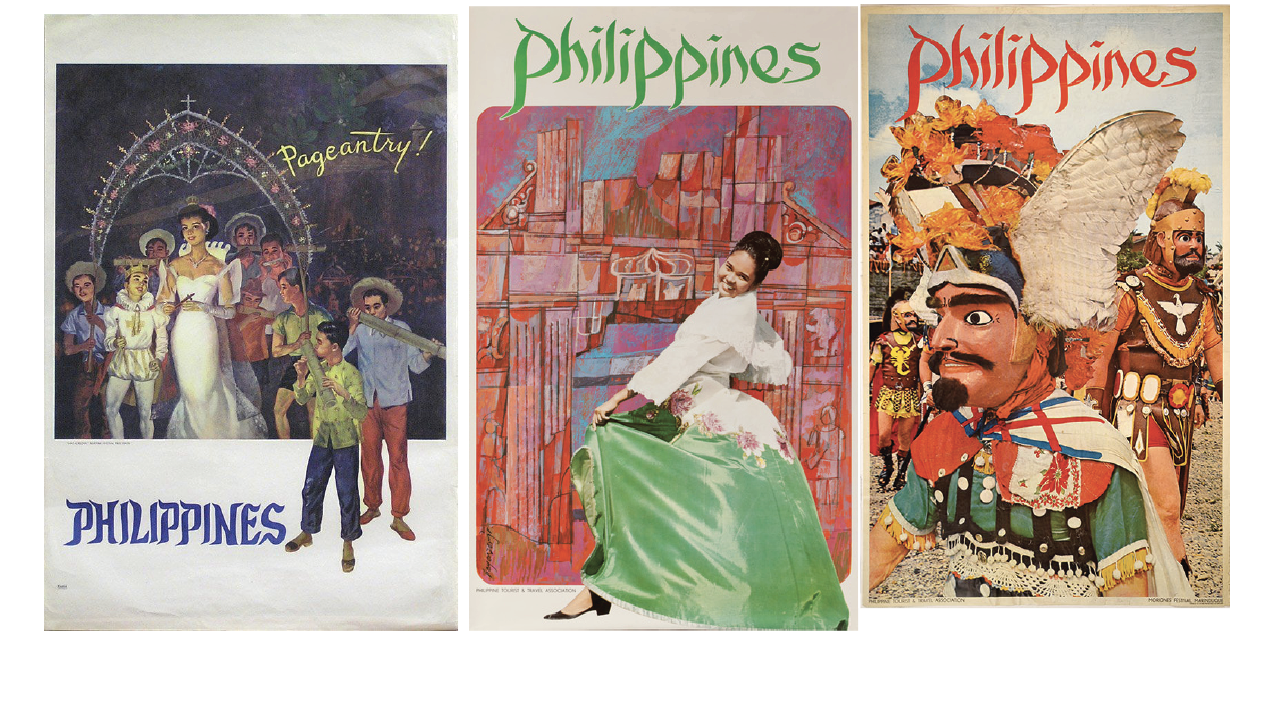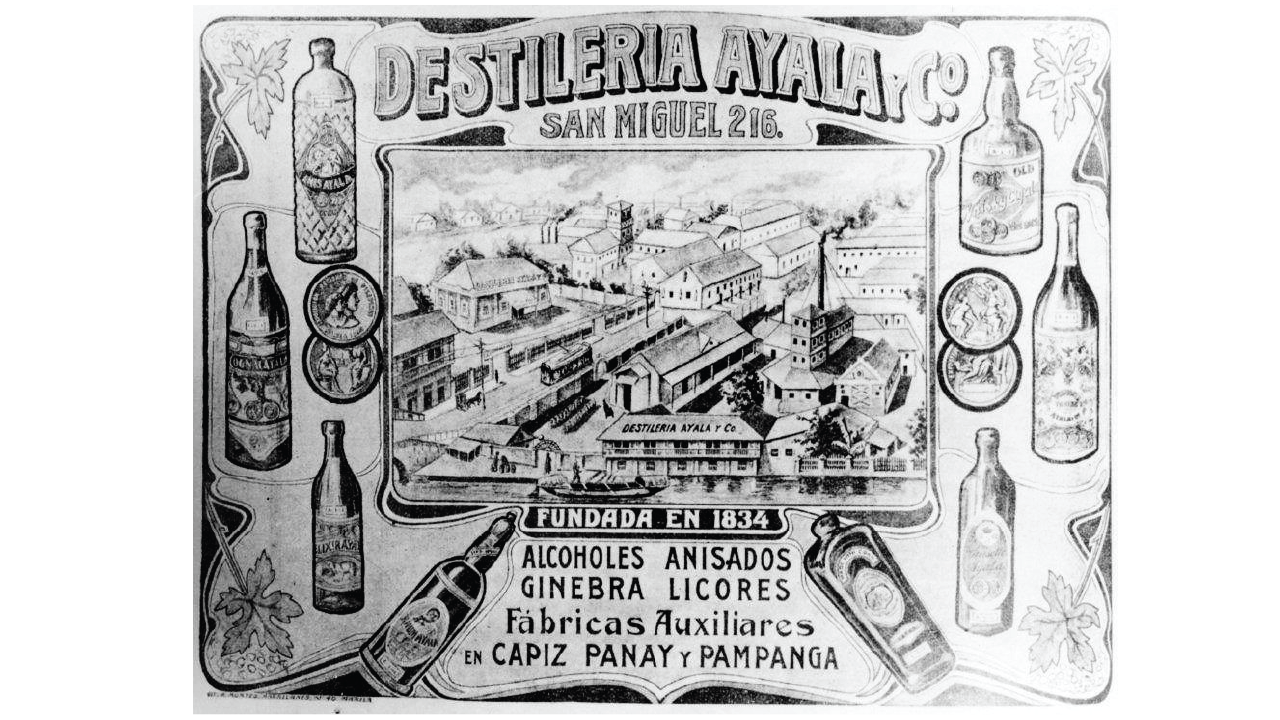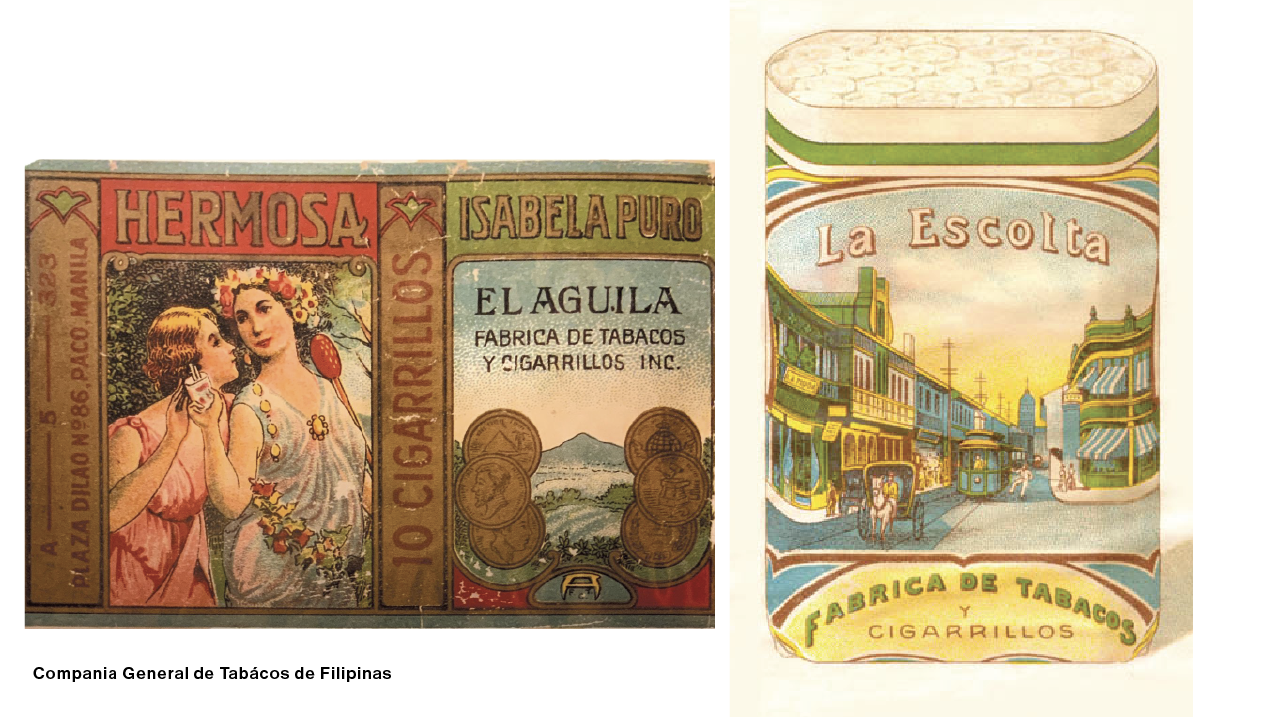
Jowee Alviar shared his Knowledge and Archive of Philippine Graphic Design
By Ivan Jethro Balagtas
September 22, 2021
Usapang Design is a series of talks organized by adobo magazine and the Communication Design Association of the Philippines (CDAP) in an effort to promote graphic design and designers. For the first episode of the series, Jowee Alviar, Co-Founder and Creative Director of Team Manila Graphic Design Studio, joined the talks.
Alviar honed his skills in the halls of the prestigious California Institute of the Arts, sharing his alma mater with design and arts giants including Tim Burton, John Lasseter, and Pete Docter of Pixar, Weston Bingham, Tiffanie Tran, and countless more.

His love for design history is best exemplified by his research work in Philippine design. Dating from precolonial mark-making to Baybayin prints, and to defunct product packaging. His research was used by gallerists, museums, and relevant professionals in building a design collection and exhibits.
Premising his talk is the famous Rizal adage. “He who does not know how to look back at where he came from will never get to his destination.”

When he was in CalArts, Alviar strengthened his love for design history and graphic design research when he took a class under the legendary American graphic designer Lorraine Wild. He then began seeking upon himself what Filipino graphic design is. "Parang napaisip ako, ano nga ba ang history ng Philippine graphic design?" (Which got me thinking, what is the history of Philippine graphic design?)
Alviar then candidly and expertly went into detail by time period. He showcased everyday and high-brow objects that featured the evolution of the norms in graphic design and our collective taste as the decades go by. From magazine covers to sweepstake tickets, to paper bills, Alviar found strong relations with our design preferences and international design norms as well. The attitude and design direction of each period are related to the happenings of that time. For instance, the pre-war design had a more colorful attitude and playful undertones while the post-war design had a more somber and modest atmosphere.
“Technology dictates the design of that era,” Alviar stated. “For example, [during] the time of Gutenberg, the press was woodcut and then the Gutenberg press. [Their production was limited to what was available]”
Throughout the presentation, it has been proven that the colors, shapes, and typography speak a concise visual language that traverses geography and time. He ended his talk by announcing his hopes of having a comprehensive database featuring graphic design works in the Philippines, both by Filipinos and by foreign entities in the country.
While it is important to move the needle forward in design, looking back to design history is equally important. The nuances and specifics of design in relation to the sociopolitical atmosphere and international standards of that time can tell us a lot not just about the design norms but also how these designs were used by people. This proves that design does not exist in a vacuum because it is used in our daily lives, and will be studied by generations after us. As Japanese design icon Nigo says, “The future is in the past.”


